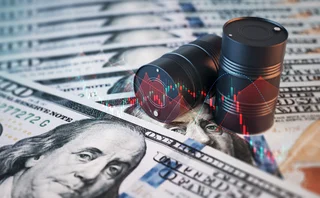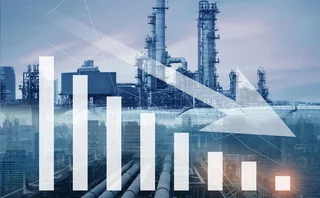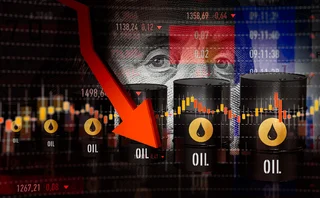IEA reduces predictions for oil demand
Commenting on the Medium-Term Oil Market Report 2009 and the Natural Gas Market Report 2009, Nobuo Tanaka, executive director of the IEA, said: "Both markets face enormous uncertainty surrounding the timing, pace and extent of any economic rebound, which affects all prognoses for oil and gas market fundamentals over the next five years."
Oil demand is expected to grow by between 0.4% and 1.4% annually after 2009, depending on the pace of global economic recovery and mid-term GDP trend growth levels. The report said that while a definitive structural downshift in oil use is difficult to give, some key trends will persist, with Asia and the Middle East generating the bulk of demand growth and non-OECD demand potentially eclipsing that within the OECD by 2014.
Oil supply capacity will grow by 4 million barrels per day (mb/d) during 2008-2014, around 1.5 mb/d less than last year's outlook, and global biofuel capacity could reach over 3 mb/d. According to the report spending curbs and new project slippage will see total non-OPEC supply levelling off at 50-51 mb/d during the outlook period.
"A level investment playing field would help ensure the development of sufficient supplies. A return to razor-thin crude oil spare capacity and resultant price volatility are in the interests of neither producers nor consumers," said Tanaka.
In the natural gas sector, after a 1% increase in 2008, OECD gas demand fell by 4% during the first quarter of 2009 and is expected to further decline through the year. The report projects that for the first time in 50 years there will be a drop in global gas demand. On the supply side, 60 billion cubic metres (bcm) of liquefied natural gas (LNG) capacity is planned to come online this year.
While liquefaction capacity will see an unprecedented growth of 50% between 2009 and 2013, there will be a lack of new capacity in the period after 2013 unless new projects are approved in 2009-10. The report identified Russia, the world's largest producer, as facing considerable challenges - both technical and financial - which are already leading to project delays.
More on Oil & refined products
Energy Risk Europe Leaders’ Network: geopolitical risk
Energy Risk’s European Leaders’ Network had its first meeting in November to discuss the risks posed to energy firms by recent geopolitical developments
US shutdown leaves commodity traders without key data
Commodity traders are ‘flying blind’ without Commitment of Traders reports
Energy Risk at 30: Learning from the past
Energy Risk looks back at the seminal events and developments that have shaped today’s energy markets
Why Iran tensions failed to rattle markets
Despite initial fears, traders say risks were signposted and investors had deleveraged after April
Oil and products house of the year: Macquarie Group
Energy Risk Awards: Bank pioneers innovative deals in illiquid markets, taking on esoteric risk
Podcast: should negative oil prices be allowed?
Did negative oil prices signify the market was operating effectively, or that something was wrong?
Podcast: the future of retail investment in oil
Will negative prices and big losses curb retail investors’ appetite for oil futures over the longer term?
Podcast: Kaminski and Ronn on negative oil and options pricing
The market is gravitating to the Bachelier model as an alternative to Black 76







